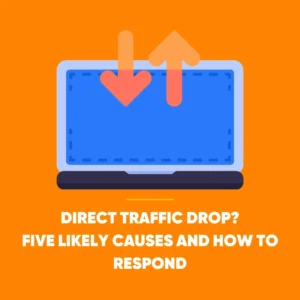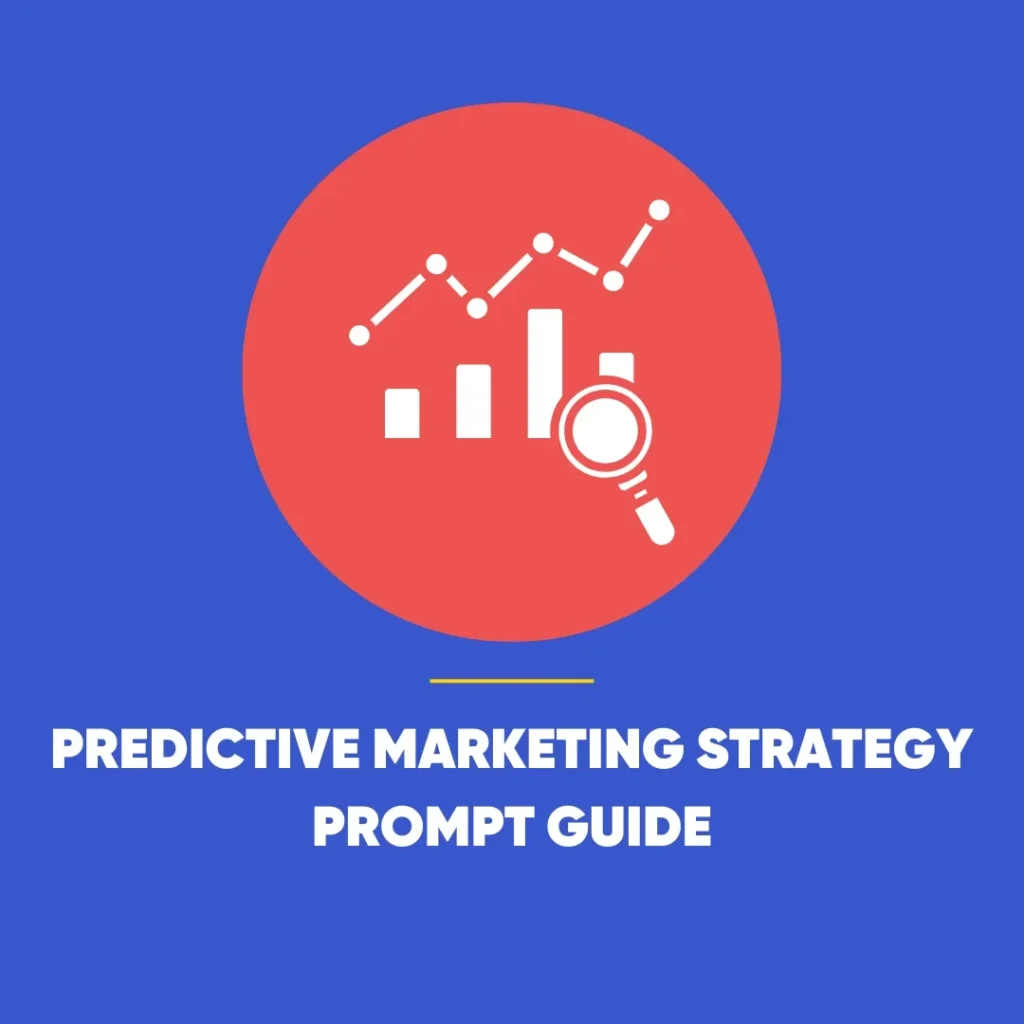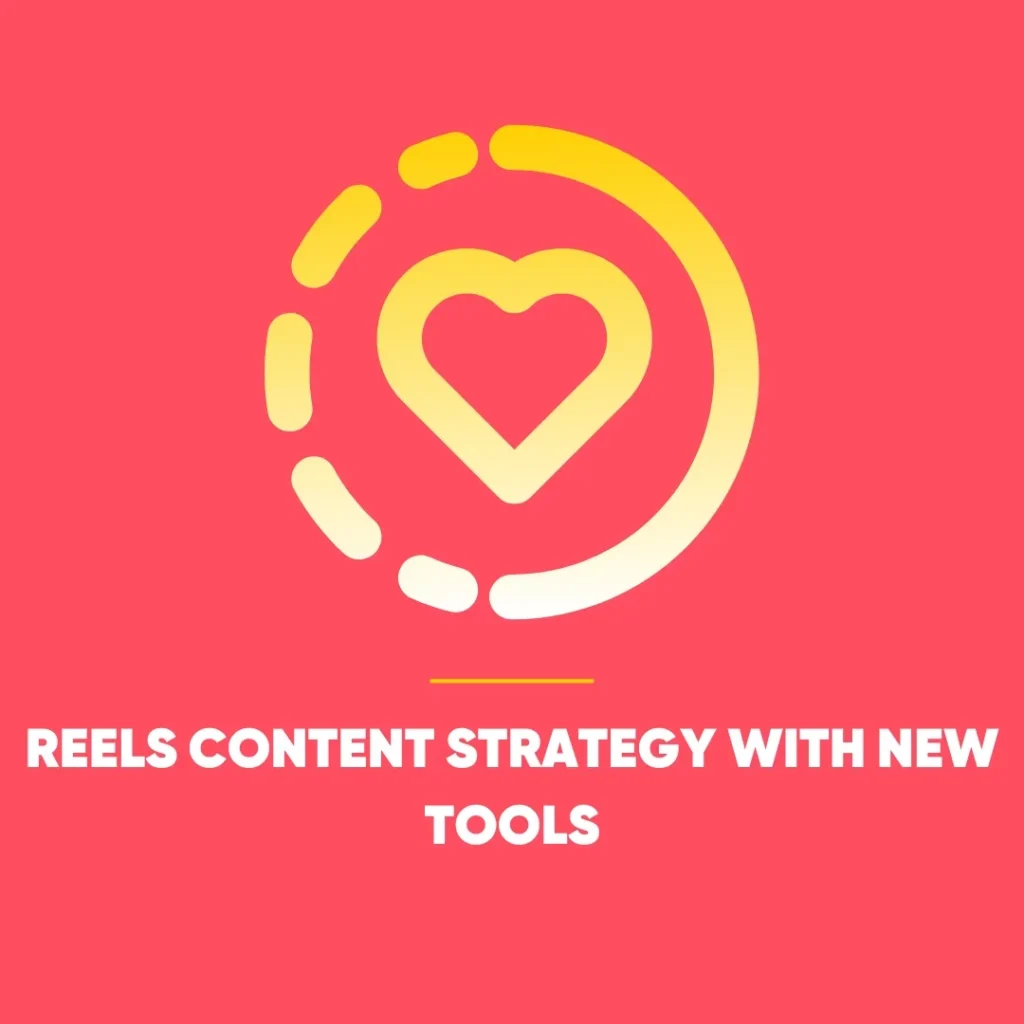Mastering Omnichannel Marketing: A Complete Guide to Strategy and Success
In today’s digital world, omnichannel marketing UK ensures consistent customer experiences across every platform and interaction. That’s where omnichannel marketing steps in. Unlike fragmented marketing tactics, this approach is designed to unite all customer touchpoints into a cohesive journey, driving loyalty, satisfaction, and sales.
Understanding Omnichannel Marketing
What Does Omnichannel Marketing Really Mean?
 Omnichannel marketing is the practice of integrating all marketing channels – digital and physical – so that they function harmoniously. Whether a customer interacts with a brand via a website, mobile app, social media, email, or in-store, the experience should feel seamless, consistent, and personalised.
Omnichannel marketing is the practice of integrating all marketing channels – digital and physical – so that they function harmoniously. Whether a customer interacts with a brand via a website, mobile app, social media, email, or in-store, the experience should feel seamless, consistent, and personalised.
Picture this: someone browses a brand’s website but doesn’t purchase. Later, they’re shown targeted ads for the same product on Instagram. A few days later, they receive an email with a discount for that item. Eventually, they buy – online or in-store – without friction. That’s omnichannel in action.
Omnichannel vs Multichannel: What’s the Difference?
Although often confused, omnichannel and multichannel strategies are fundamentally different. Multichannel marketing simply means reaching customers on multiple platforms. However, each channel tends to operate in isolation.
Omnichannel marketing, on the other hand, links those platforms together. It’s less about being present on every channel, and more about ensuring each one is connected – working in concert rather than competition.
Why Omnichannel Marketing UK Matters
Enhancing the Customer Experience
When all touchpoints are synchronised, customers experience less confusion, fewer barriers, and more convenience. The result? A smoother journey from first contact to final purchase – and beyond. Whether switching from a laptop to a mobile phone, or browsing online before buying in-store, the interaction remains intuitive and aligned.
Building a Recognisable and Consistent Brand
Consistency across all platforms reinforces brand identity. When consumers see the same tone, visuals, and messaging everywhere – from TikTok videos to packaging – they’re more likely to remember and trust the brand. This recognition is essential in crowded markets where attention is limited.
Unlocking Personalisation at Scale
An interconnected system allows businesses to collect and apply data more effectively. Understanding customer behaviour across different channels opens up more opportunities to tailor content, offers, and recommendations. For example, someone who browses hiking gear online might receive a curated selection via email or see related items in-app.
Boosting Loyalty and Retention
When customers feel understood and appreciated, they return. Omnichannel strategies simplify repeat purchases, reward loyalty, and reduce the chances of losing shoppers to competitors. It’s far easier to stick with a brand that’s consistent and convenient.
Driving Revenue
Ultimately, a smoother, smarter customer journey leads to better business outcomes. With higher engagement, improved satisfaction, and increased conversions, companies often see a noticeable uplift in both sales and long-term growth.
Creating a Winning Omnichannel Marketing UK Strategy
Know Your Audience
A strong strategy starts with a deep understanding of your customer base. Use data from surveys, website analytics, social listening, and CRM tools to determine:
- Preferred platforms and communication channels
- Devices they commonly use
- What content drives engagement
- Common frustrations or barriers during their buying journey
With these insights, you can build campaigns that resonate and align with real behaviours.
Map the Customer Journey
Before crafting new campaigns, identify all customer interactions – from discovery to purchase to aftercare. Create a customer journey map that includes:
- Awareness: Where do people first learn about the brand?
- Consideration: How do they research products or services?
- Decision: What influences their final choice?
- Loyalty: What keeps them coming back?
However, look out for gaps, disjointed transitions, or duplicated efforts. Consequently, a clear journey map helps unify experiences across all platforms.
Select and Connect Your Channels
No two businesses require the exact same channel mix when implementing an effective omnichannel marketing UK strategy. Choose those most relevant to your audience, such as:
- Social media (Instagram, LinkedIn, TikTok)
- Email marketing
- SMS communications
- In-store signage or sales staff
- Mobile apps
- Websites or online shops
- Customer service platforms (chatbots, phone support)
The key is to integrate these platforms so they share data and communicate effectively. For instance, an online cart abandoned on desktop should still be visible on mobile or referenced in a follow-up email.
Implement the Right Technology
Without the right tools, true omnichannel marketing is nearly impossible. Consider:
- CRM software: Centralise customer data and segment audiences
- Marketing automation: Schedule posts, emails, and SMS messages
- Data analytics platforms: Measure campaign effectiveness
- Social media management tools: Monitor engagement across networks in one place
- Integrations: Use platforms like Zapier to connect apps and automate workflows
Ensure your tools are scalable, secure, and able to grow alongside your business.
Define Clear Brand Guidelines
Consistency is crucial. Every team should understand brand representation to ensure a consistent omnichannel marketing UK experience across all customer touchpoints. Develop a shared document outlining:
- Brand voice and tone
- Visual guidelines (logos, colours, typography)
- Messaging examples
- Customer interaction protocols
These guidelines ensure every team member delivers a cohesive experience, regardless of the channel.
Monitor, Test, and Optimise
Omnichannel marketing is not a one-time setup. Continuously track results, run A/B tests, and gather feedback. Examine key metrics such as:
- Conversion rates across different platforms
- Customer satisfaction scores
- Channel-specific engagement
- Average order values and repeat purchases
Use the findings to refine and improve your omnichannel marketing UK strategy for better consistency and customer satisfaction. What works today may not work tomorrow – adaptability is key.
Real-World Examples of Omnichannel Success

Boots: Data-Powered Convenience
High street favourite Boots bridges the gap between online and in-store shopping with ease. Customers who sign up for a Boots Advantage Card can track purchases, collect points, and access tailored offers both in the app and in-store. Whether ordering online or speaking to a beauty advisor at the counter, the experience remains consistent. In addition, personalised product suggestions and birthday rewards make shoppers feel recognised and valued throughout the year.
Starbucks: Seamless, Smart, and Rewarding
Undoubtedly, the Starbucks mobile app offers a masterclass in omnichannel convenience. For example, customers can pre-order, earn rewards, reload gift cards, and pay – all through one portal. Additionally, the app suggests drinks based on local weather or past orders, boosting relevance and encouraging purchases.
Tesco: Informed and Frictionless Shopping
UK supermarket giant Tesco offers a seamless shopping experience across its digital and physical channels. Shoppers can browse products online, reserve items, and choose between home delivery or click-and-collect services. Through the Tesco Clubcard programme, customers receive personalised offers and discounts tailored to their shopping habits. Moreover, real-time stock updates help customers check availability at their local store – making the process efficient even during peak times like Christmas or Easter.
Final Thoughts
Clearly, omnichannel marketing is no longer just a buzzword – it’s become a necessity. Moreover, customers expect brands to deliver relevance, consistency, and ease across every platform. As a result, businesses that embrace this approach don’t just stand out – they foster lasting audience relationships.
Therefore, by understanding customers, mapping journeys, and staying agile, you can create a strategy that boosts loyalty and sales.









